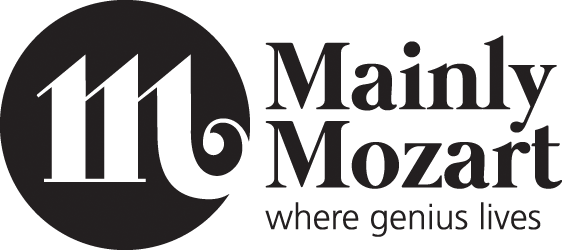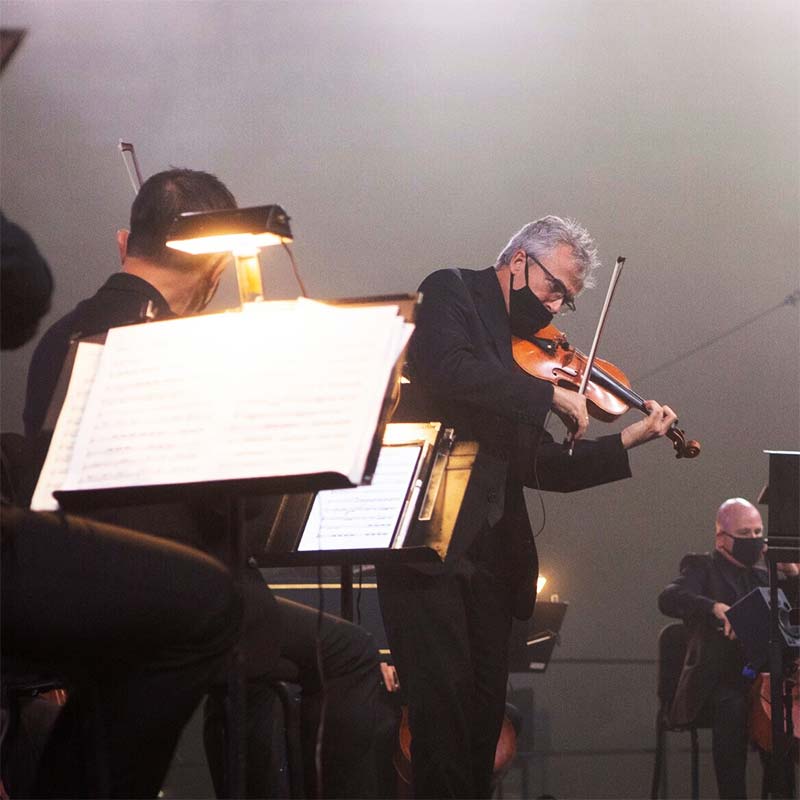
For the first time ever, pairing the world’s great orchestras on one stage –
Members of the Los Angeles Philharmonic & the San Francisco Symphony
Michael Francis, Music Director
David Chan & Scott Pingel, Artistic Partners
MOZART, TCHAIKOVSKY & THE BARBER OF SEVILLE – PROGRAM:
W.A. MOZART: Concerto for Flute and Harp in C Major, K. 299
Soloists: Flute – Denis Bouriakov. Harp – Emmanuel Ceysson.
A concerto by Wolfgang Amadeus Mozart for flute, harp, and orchestra. It is one of only two true double concertos that he wrote (the other being his Piano Concerto No. 10; though his Sinfonia Concertante for Violin, Viola, and Orchestra could just as well be considered a “double concerto”), as well as the only piece of music by Mozart for the harp. The piece is one of the most popular such concertos in the repertoire, as well as often being found on recordings dedicated to either one of its featured instruments.
MASCAGNI: Intermezzo from Cavalleria rusticana
Cavalleria rusticana (Italian for “rustic chivalry”) is an opera in one act by Pietro Mascagni to an Italian libretto by Giovanni Targioni-Tozzetti and Guido Menasci, adapted from an 1880 short story of the same name and subsequent play by Giovanni Verga. Considered one of the classic verismo operas, it premiered on 17 May 1890 at the Teatro Costanzi in Rome. Since 1893, it has often been performed in a so-called Cav/Pag double-bill with Pagliacci by Ruggero Leoncavallo.
TCHAIKOVSKY: Variations on a Rococo Theme, Op. 33
Soloist: Cello – Robert DeMaine.
The Variations on a Rococo Theme, Op. 33, for cello and orchestra was the closest Pyotr Ilyich Tchaikovsky ever came to writing a full concerto for cello and orchestra. The style was inspired by Mozart, Tchaikovsky’s role model, and makes it clear that Tchaikovsky admired the Classical style very much. However, the Theme is not Rococo in origin, but actually an original theme in the Rococo style.
ROSSINI: Overture to Il barbiere di Siviglia
Rossini’s Barber has proven to be one of the greatest masterpieces of comedy within music, and has been described as the opera buffa of all “opere buffe”. After two hundred years, it remains a popular work.



